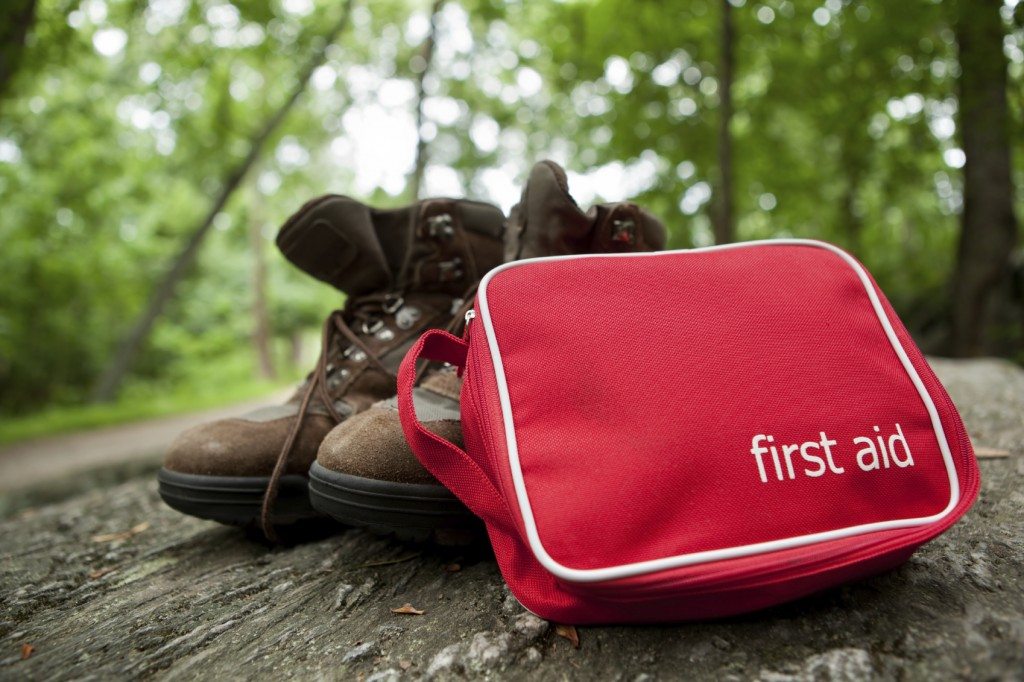
How to Treat a Burn in the Backcountry
Being out in the wild can be overwhelming at times. Carelessness around a fire, a hot stove or pot is an easy way to get yourself burned. As a fairly common backcountry injury, knowing how to treat a burn is important to prevent them from becoming a trip halting problem.
In order to properly treat a burn, you first need to know how to identify it. Here’s how to identify the three degrees of burns:
- 1st Degree Burn: Only the top layer of the skin is affected. These types of burn are not too serious and heal within 5-6 days with proper care. You’ll see redness, minor swelling and feel the pain that goes along with it.
- 2nd Degree Burn: These run a bit deeper than 1st degree burns and affect the dermis layer below the top of the skin. The most common way to identify this type of burn is the formation of blisters on the area of the burn.
- 3rd Degree Burn: This is the most dangerous type of burn and, if nerve endings are damaged, could cause little or no pain on the burned area. If the nerve endings remain intact, however, the pain will be sever. The burned area will look charred white, dark red or black.
Treating a burn
Like any injury it is important to examine the affected area to determine what type of burn you’re dealing with. Have blisters formed? How big is the affected area?
If the bun isn’t too serious, focus on soothing the pain. Start out by running clean, cool water over the burned area and then rinse and clean the it with a mild soap. Once the area has been cleaned, apply an antibiotic to the area (preferably with some sort of pain reliever in it) and cover the burned area to keep it clean.
If the burn is more serious and blisters have formed make sure the blisters are not broken. If they’re not broken, try your best to keep them intact. any open wounds run the risk of becoming infected. If the blisters are broken, make sure to clean the area properly – brace yourself because it’s probably going to hurt. As with less serious burns, once the area is cleaned, apply an antibiotic and keep it covered. Covering the wound is doubly important if the blisters have broken to keep the risk of infection down.
For more serious burns seek medical help as soon as possible. If a second degree burn is larger than three inches or covers your hand, feet, face, groin, buttocks or any major joints consider it serious enough to seek help. And, of course, any time you see or suspect a third degree burn call the trip and go see a doctor.
When it comes to any burn on the trail, you’ll be in good shape if you follow the “better safe than sorry” rule. That said, if you can treat a burn while you’re on the trail and keep hiking, make sure that you do so quickly.













